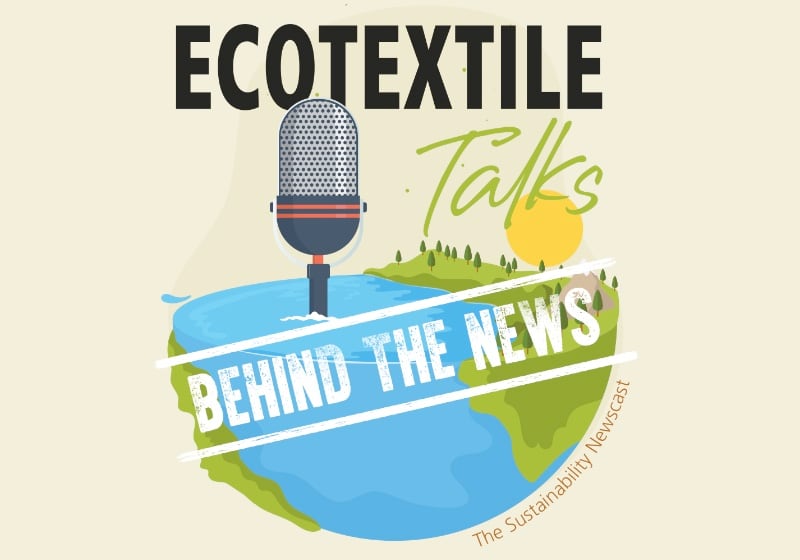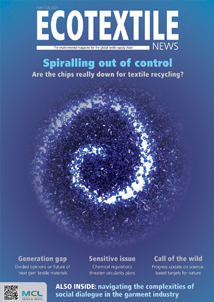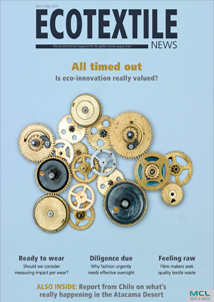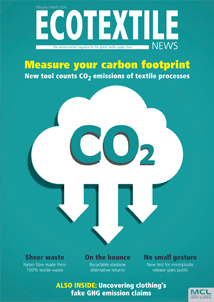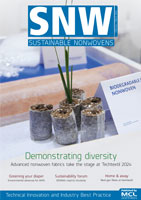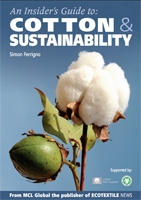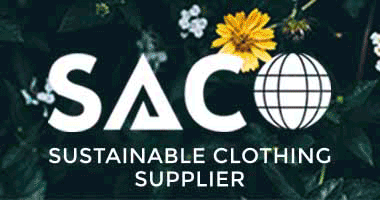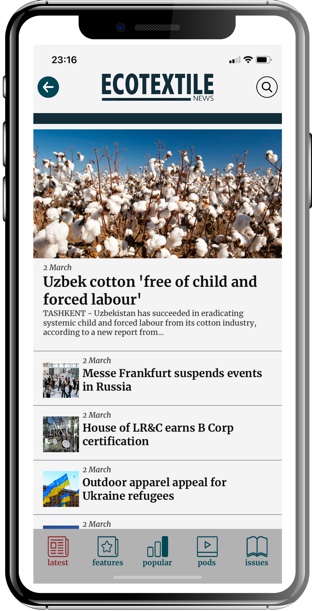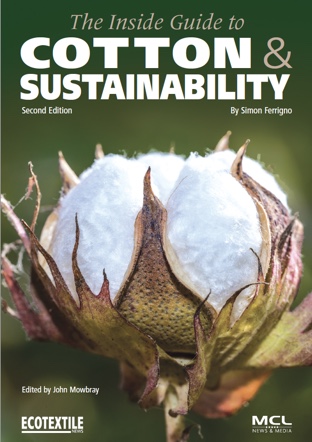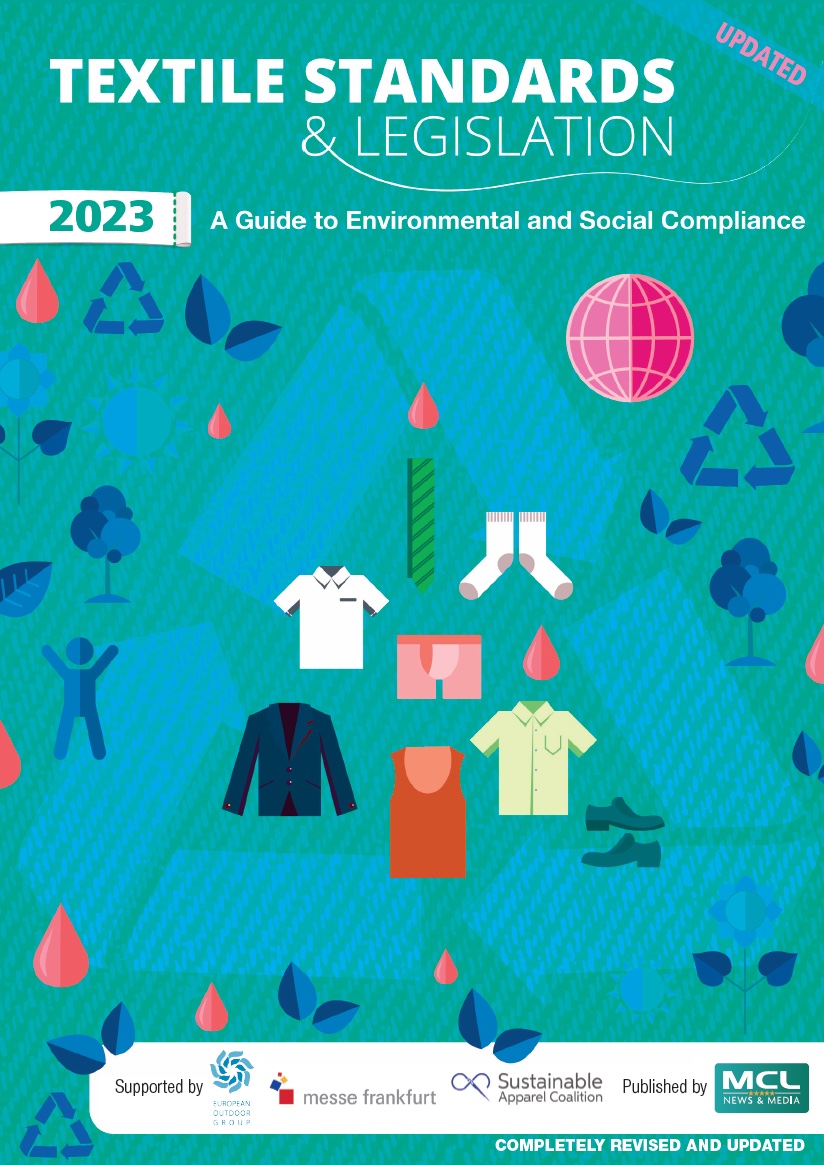WAKEFIELD – If the global textile sector is to reduce the impact of its CO2 emissions on the planet – it first needs to know where they come from in the supply chain.
To explain one way to do this, Philip Berman is joined by Ecotextile News correspondent Phil Patterson and environmental scientist Linda Greer for the second in a three-part podcast series produced in partnership with the Apparel Impact Institute (Aii).
Following on from episode 1, this latest podcast focuses on a new ‘industry first’ tool, the Aii's Solutions Impact Evaluator – aka the ‘Ready Reckoner’ – which is used to objectively compare the overall CO2 savings of different innovations and solutions across all parts of the textile manufacturing process.
It is underpinned by a ‘Gas Map’ which has been developed by evaluating CO2 emissions for each textile manufacturing process and sub-process.
The Solutions Impact Evaluator was developed specifically to help the Aii to assess applications from innovators for funding under its Climate Solutions Portfolio, the subject of the first podcast in the series. [link]
Greer explains: “When we went out to seek various technologies and innovations that might apply for grants, we quickly came to realise that we needed to have an objective measurement tool in order to compare them against each other.
“And so Phil embarked upon the large mission of developing the Ready Reckoner to quantify and compare the applications against each other for their impact in reducing greenhouse gases.”
Patterson tells Berman that he has come up with an even shorter, and more colloquial, nickname for the tool.
“Apologies for my language, but it's a bit of an ‘eco bullsh*t detector’ because there's lots of innovation out there but there are lots of people overclaiming the benefits that their solutions can deliver.
“What we’ve created is what we call a gas map of the entire supply chain, which is essentially looking at where greenhouse gases emissions occur, allocating a percentage of those emissions to individual processes within the supply chain.
“So, we’ve got agriculture, we’ve got yarn formation, fabric formation, wet processing and garment manufacture. We had to create this big map of that information that allows us an at-a-glance view of where most of the emissions occur and which processes are responsible for that.”
Patterson goes on to discuss the challenges in developing a tool that was effective in terms of presenting a realistic picture given a shortage of credible data.
“It was difficult because there isn’t that much reliable data out there. It’s like getting a jigsaw puzzle out of a box and finding that you don't even have the pieces for the edge, let alone to fill in the middle," he said.
“So, we’ve had to use our professional judgment and our network of experts in the industry to help us to piece bits of information together. We know it’s not perfect, we know it’s not 100% accurate, but we’re quite comfortable with what we’ve got to.”
Greer adds: “I think it’s actually quite an amazing piece of work, that goes even beyond the purpose that we need it for right at the moment.”
Patterson and Greer go on to talk in detail about how the tool can be used now and how it can be improved in the future as better data becomes available.
Episode one of the Threaded Together podcast series can be found HERE, while the second episode is available HERE. For a look at our complete podcast archive, click HERE.
Subscribe to our podcasts and radio shows by following us on Apple, Google, Spotify and Amazon Music, to automatically get alerts when we launch a new Ecotextile Talks Behind the News podcast.







